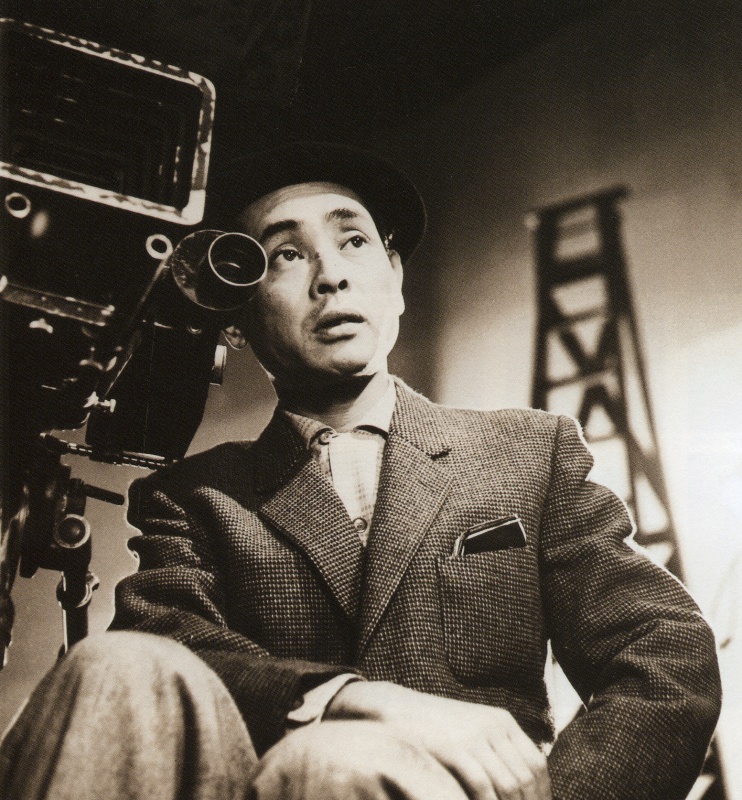KINOSHITA Keisuke (1912-1998)

Joined Shochiku Kamata's film processing laboratory in 1933. He was later picked to serve as SHIMAZU Yasujiro's assistant director, making his own directorial debut in 1943 with Port of Flowers (Hana saku minato). He and KUROSAWA Akira, who also debuted in the same year, were often considered rivals, albeit whereas Kurosawa was known for his distinctly masculine tales, Kinoshita's films famously spotlighted women. In addition to making Japan's first full-length color feature with Carmen Comes Home (Karumen kokyo ni kaeru, 1951), Kinoshita earned a reputation as a director in tune with popular sentiment, as evidenced by his lyrical melodramas including Twenty-Four Eyes (Niju-shi no hitomi, 1954) and The Lighthouse (Yorokobi mo kanashimi mo ikutoshitsuki, aka Times of Joy and Sorrow, 1957). He was a leading figure during the golden age of Japanese cinema, proving equally adept at directing light-hearted comedies as he was hard-hitting social dramas. He was also an active facilitator of new talent who fostered figures like KOBAYASHI Masaki, KAWAZU Yoshiro, and YOSHIDA Kiju. After leaving Shochiku in 1964, he transitioned to creating work predominantly for television, producing several shows including the Kinoshita Keisuke Hour. Throughout a career that spanned the wartime years to the period of high economic growth, he created an oeuvre distinctive for its consistent portrayal of delicate, sensitive male characters at a time when the demand was for a stronger, more virile mode of masculinity. Recent scholarly interest has accordingly focused on his work from the perspective of queer studies, among others.
(Written by KU Mina / Reference: National Film Archive of Japan screening program / Translated by Adam Sutherland)
(Written by KU Mina / Reference: National Film Archive of Japan screening program / Translated by Adam Sutherland)